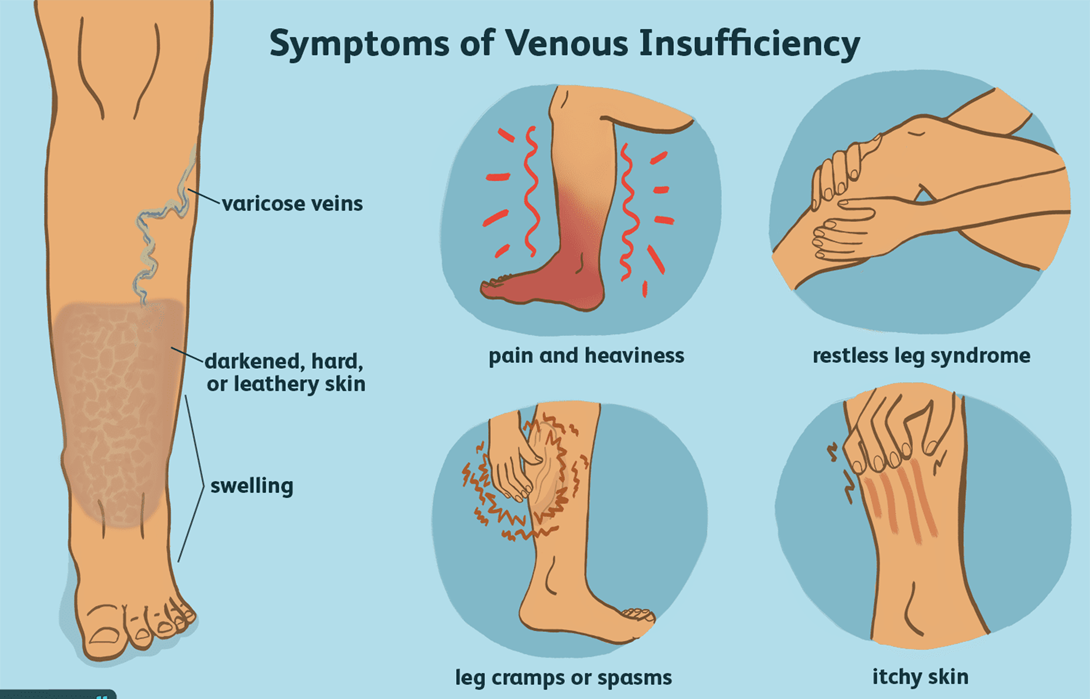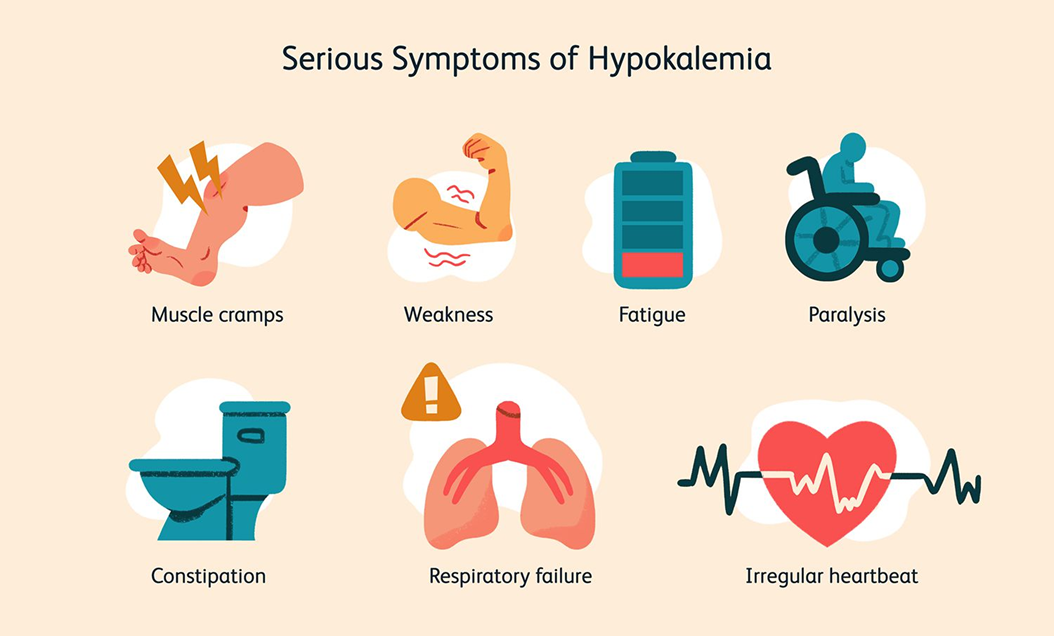A nurse is assessing a client who has chronic venous insufficiency. Which of the following findings should the nurse expect?
Dependent rubor
Thick, deformed toenails
Hair loss
Edema
The Correct Answer is D
Choice A: Dependent rubor
Dependent rubor is a reddish discoloration of the skin that occurs when the leg is in a dependent position (hanging down). This condition is typically associated with arterial insufficiency rather than chronic venous insufficiency. Arterial insufficiency occurs when there is inadequate blood flow through the arteries, leading to symptoms such as pain, cramping, and changes in skin color. Dependent rubor is a sign of poor arterial circulation and is not commonly seen in venous insufficiency.
Choice B: Thick, deformed toenails
Thick, deformed toenails can be a sign of fungal infections or other conditions affecting the nails, but they are not specifically indicative of chronic venous insufficiency. While individuals with chronic venous insufficiency may have poor circulation that can contribute to nail problems, this symptom is not a primary or common finding associated with the condition. Instead, it is more often related to other underlying health issues.
Choice C: Hair loss
Hair loss on the legs can occur due to various reasons, including poor circulation. However, it is more commonly associated with arterial insufficiency rather than chronic venous insufficiency. In arterial insufficiency, the reduced blood flow can lead to hair loss, shiny skin, and other changes in the lower extremities. Chronic venous insufficiency primarily affects the veins and leads to symptoms such as swelling, varicose veins, and skin changes.
Choice D: Edema
Edema, or swelling, is a hallmark symptom of chronic venous insufficiency. This condition occurs when the veins in the legs are unable to effectively return blood to the heart, leading to blood pooling in the lower extremities. The increased pressure in the veins causes fluid to leak into the surrounding tissues, resulting in swelling. Edema is often more pronounced at the end of the day or after prolonged periods of standing or sitting. Managing edema is a key aspect of treating chronic venous insufficiency, and it often involves the use of compression stockings, elevation of the legs, and other measures to improve venous return.

Free Nursing Test Bank
- Free Pharmacology Quiz 1
- Free Medical-Surgical Quiz 2
- Free Fundamentals Quiz 3
- Free Maternal-Newborn Quiz 4
- Free Anatomy and Physiology Quiz 5
- Free Obstetrics and Pediatrics Quiz 6
- Free Fluid and Electrolytes Quiz 7
- Free Community Health Quiz 8
- Free Promoting Health across the Lifespan Quiz 9
- Free Multidimensional Care Quiz 10
View Related questions
Correct Answer is A
Explanation
Choice A: Generalized Urticaria
Generalized urticaria, or widespread hives, is a common sign of an allergic transfusion reaction. This reaction occurs when the recipient’s immune system reacts to proteins in the donor blood. Symptoms can range from mild, such as itching and hives, to severe, including anaphylaxis. Immediate intervention typically involves stopping the transfusion and administering antihistamines.
Choice B: Distended Jugular Veins
Distended jugular veins are not indicative of an allergic transfusion reaction. This finding is more commonly associated with conditions such as congestive heart failure or fluid overload. In the context of a blood transfusion, it could suggest circulatory overload rather than an allergic reaction.
Choice C: Blood Pressure 184/92 mm Hg
An elevated blood pressure reading, such as 184/92 mm Hg, is not specific to an allergic transfusion reaction. While blood pressure changes can occur during a transfusion, they are not a hallmark of an allergic response. This finding could be related to other factors, such as anxiety or pre-existing hypertension.
Choice D: Bilateral Flank Pain
Bilateral flank pain is not a typical symptom of an allergic transfusion reaction. This symptom is more commonly associated with hemolytic transfusion reactions, where the recipient’s immune system attacks the donor red blood cells, leading to hemolysis and subsequent kidney pain.
Correct Answer is D
Explanation
Choice A reason:
A client with a tracheostomy tube attached to humidified oxygen is not typically at risk for hypokalemia. The primary concerns for these clients are maintaining a patent airway, preventing infection, and ensuring adequate humidification to prevent mucus plugging.
Choice B reason:
A client with an indwelling urinary catheter to gravity drainage is not specifically at risk for hypokalemia. The main risks for these clients include urinary tract infections and ensuring proper catheter care to prevent blockages.
Choice C reason:
A client with a chest tube to water seal is primarily at risk for complications related to the chest tube itself, such as infection, pneumothorax, or improper drainage. Hypokalemia is not a common risk associated with chest tubes.
Choice D reason:
A client with a nasogastric tube to suction is at risk for hypokalemia. Continuous suctioning can lead to the loss of gastric contents, which contain potassium, leading to a decrease in potassium levels in the body. This can result in hypokalemia, which needs to be monitored and managed appropriately.

